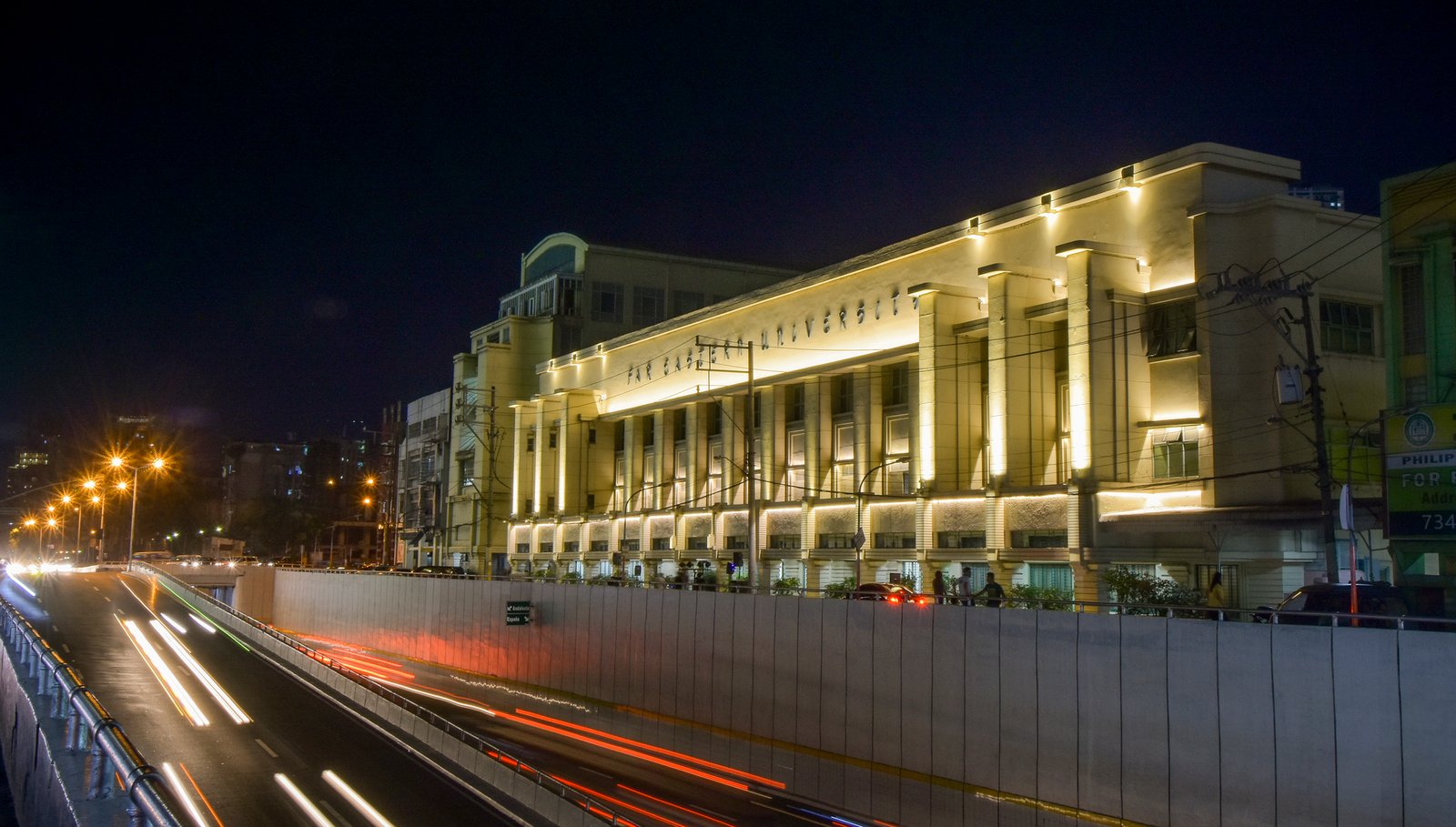Words Gabrielle de la Cruz
Images FEU Media Center (Pablo Antonio Archives)
“I have always been a Modernist ever since I took up architecture. Some of the so-called modern works are genuine and some are false. The false sacrifice utility for design. The genuine combine both utility and design effectively,” opens the Life and Legacy section of Pablo S. Antonio Home, a digital archive of National Artist for Architecture Pablo Severo Antonio’s ancestral home in Pasay. The quote from the architect sums up his design approach and built legacy, with his portfolio dominated by theaters characterized by bold forms and clean lines.
Recognized as a pioneer of modern architecture in the Philippines, Antonio is known for adopting the Art Deco style. This is most evident in his work for the Far Eastern University Sampaloc Campus, which is the “largest surviving ensemble of Art Deco architecture in the Philippines.” The campus was cited with an Honorable Mention by the 2005 UNESCO Asia-Pacific Heritage Awards for Culture Heritage Conservation for “returning buildings and landscape to their original appearance, maintaining the architectural integrity of the Art Deco structures.” We celebrate Antonio’s birth anniversary today by revisiting the steps he took before he left us with structures that helped our built environment move forward.
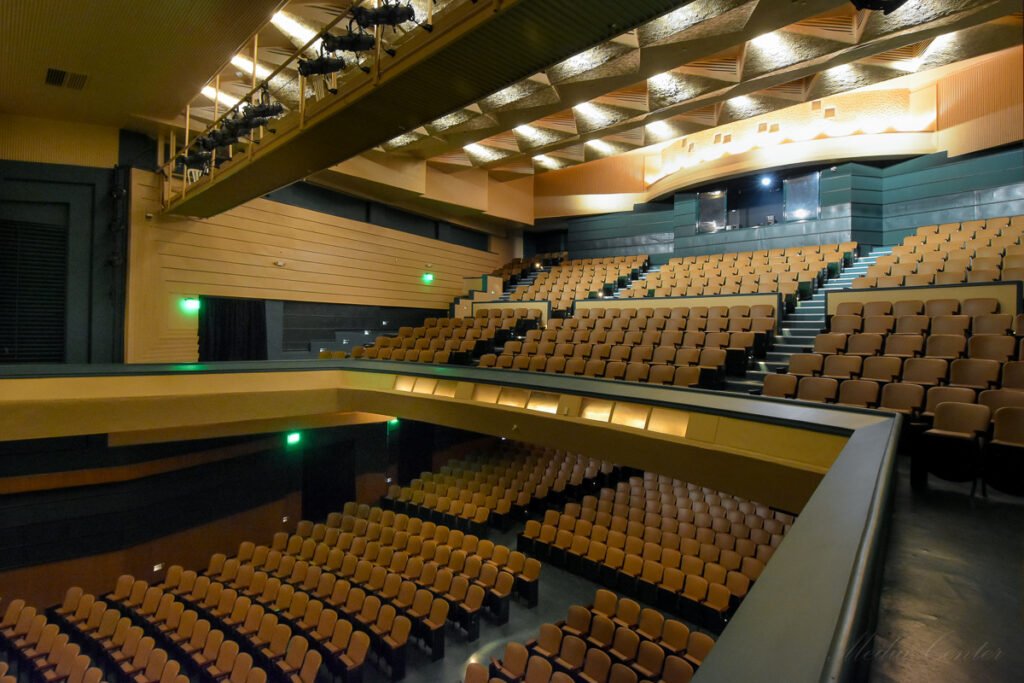
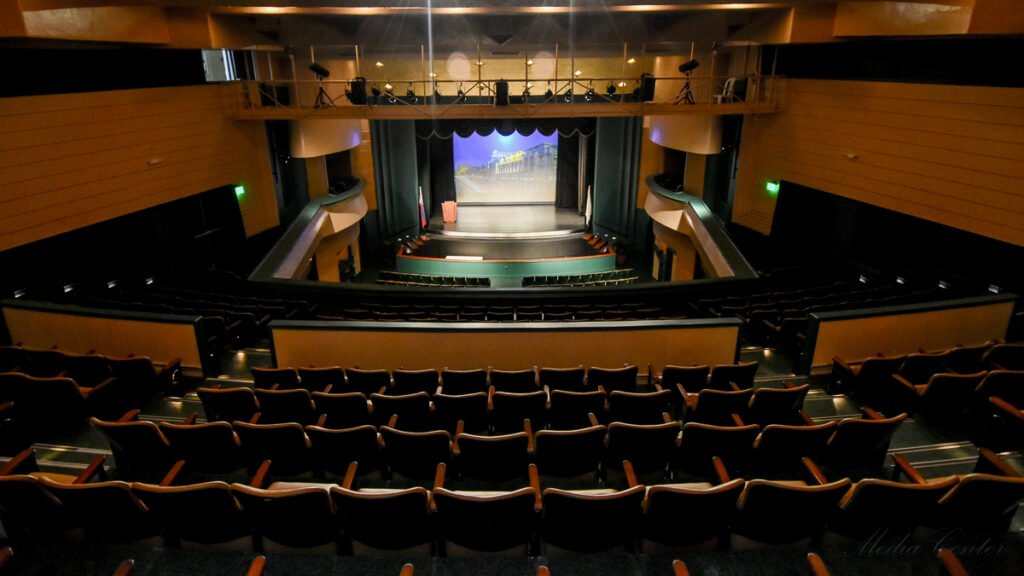

Antonio had a challenging journey, but he persevered through hard work and dedication. The Pablo S. Antonio Home archive recounts that he was the youngest and only son of painter and sculptor Apolonio Antonio and the young Maria Severo, who passed away due to old age and childbirth respectively. He was orphaned with his siblings at the age of 12 and from then on, he worked during the day and studied at night.
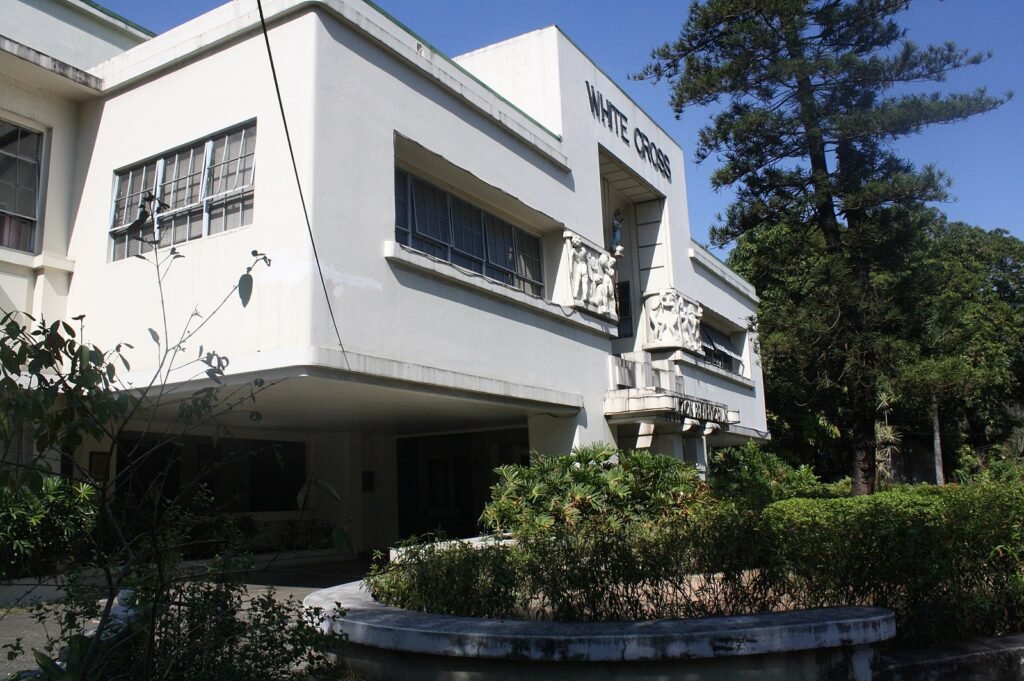

Inheriting skills from his maestro de obras (master-builder) father, he was able to work as a draftsman for the Bureau of Public Works. He was able to save up and study architecture and structural engineering at the Mapua Institute of Technology but unfortunately had to drop out years later due to financial constraints. It was only in 1927 when Antonio was given the chance to return to school, with the engineer and founder of Santa Clara Lumber and Construction Company Don Ramon Arevalo making him a scholar. Antonio did not let this opportunity go to waste as he completed a five-year architecture course in three years, graduating from the University of London in 1930.


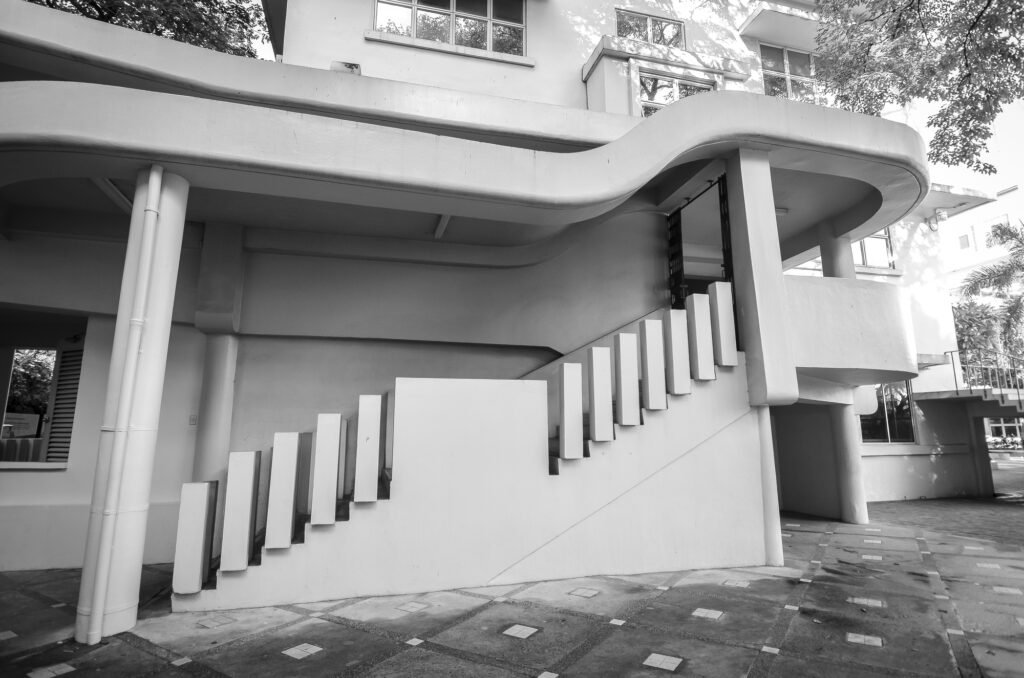
It was all work for the architect since. He made a name for himself and returned to the Philippines along with his contemporaries Juan F. Nakpil, Andres Luna de San Pedro, and Fernando Ocampo. He passed the licensure examination in 1932 and was the 36th registered Philippine architect. “The following year, Antonio completed his first major work: the Ideal Theater, which stood at Rizal Avenue of the Santa Cruz district in Manila. This started his lifelong portfolio in designing cinemas for the public at a golden era of film,” the Pablo S. Antonio Home archive shares.
What followed the Ideal Theater were more theaters in 1941 namely the Dalisay, Forum, Galaxy, and Life Theaters in Manila. Antonio also built Lyric and Scala Theaters, all of which followed his Art Deco style and employed natural ventilation. Out of all these structures, only the Forum and Scala Theaters still stand as of writing, but both have deteriorated due to failed upkeep.


Still, the legacy of Antonio lives on. The way the Pablo S. Antonio Home website fulfilled his dream of creating a digital archive is among those that prove this, allowing more people to know more about his story and everything that his buildings stood and continue to stand for. The 1949 house itself is a reminder of his impact on the Philippine architecture scene, which the archive revealed to be a “model for the Manila Polo Club and the Residence of Mr. and Mrs. Jack Manning, the first house in Forbes Park, Makati in the same year.”
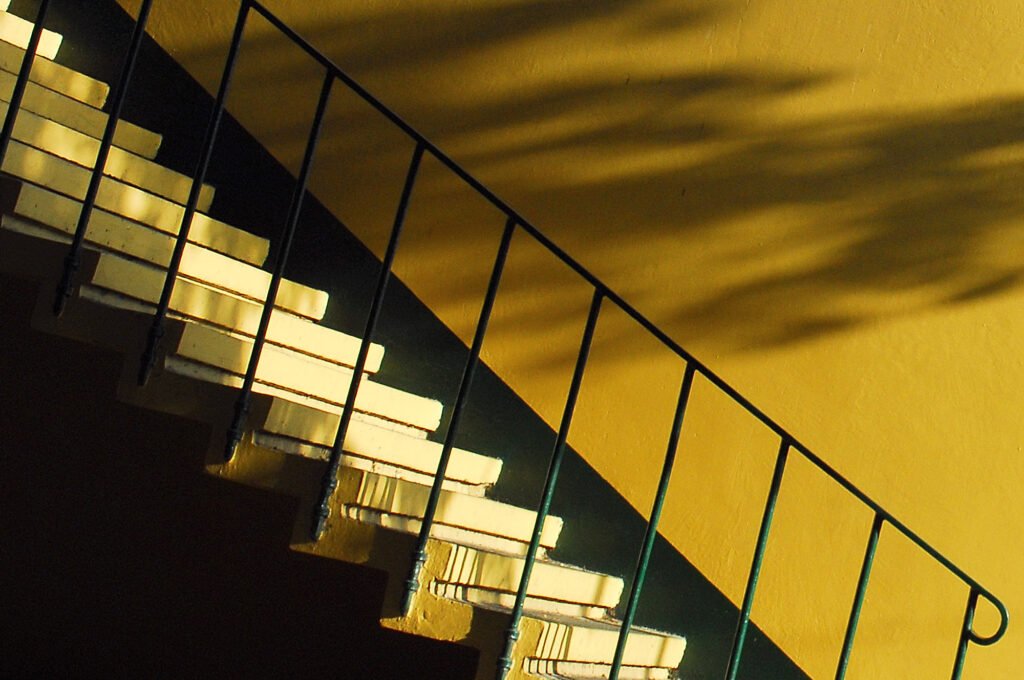
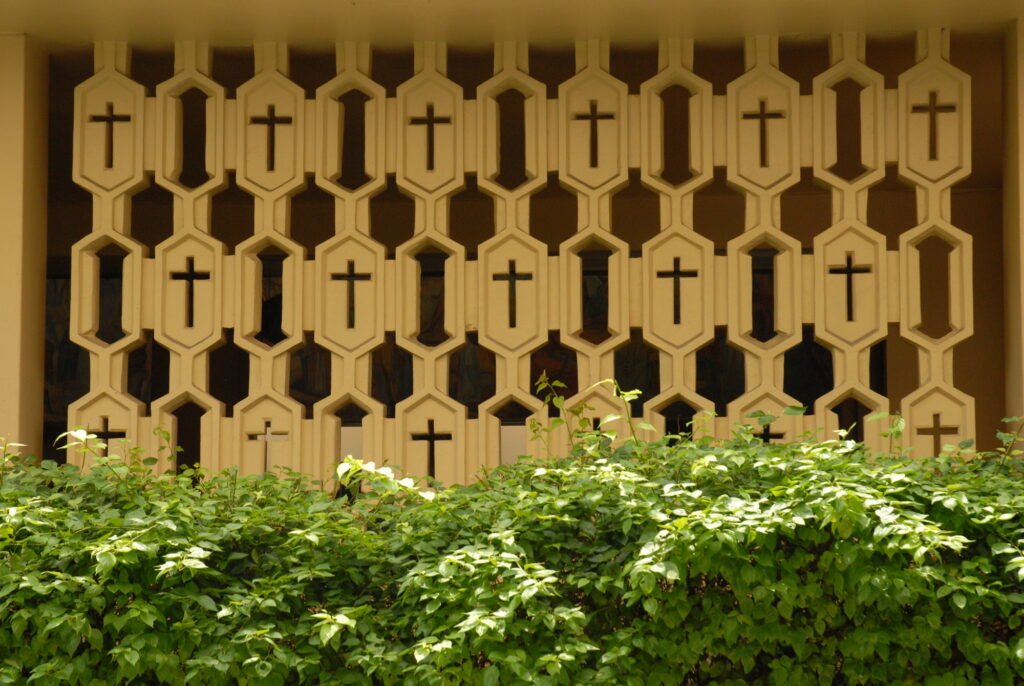
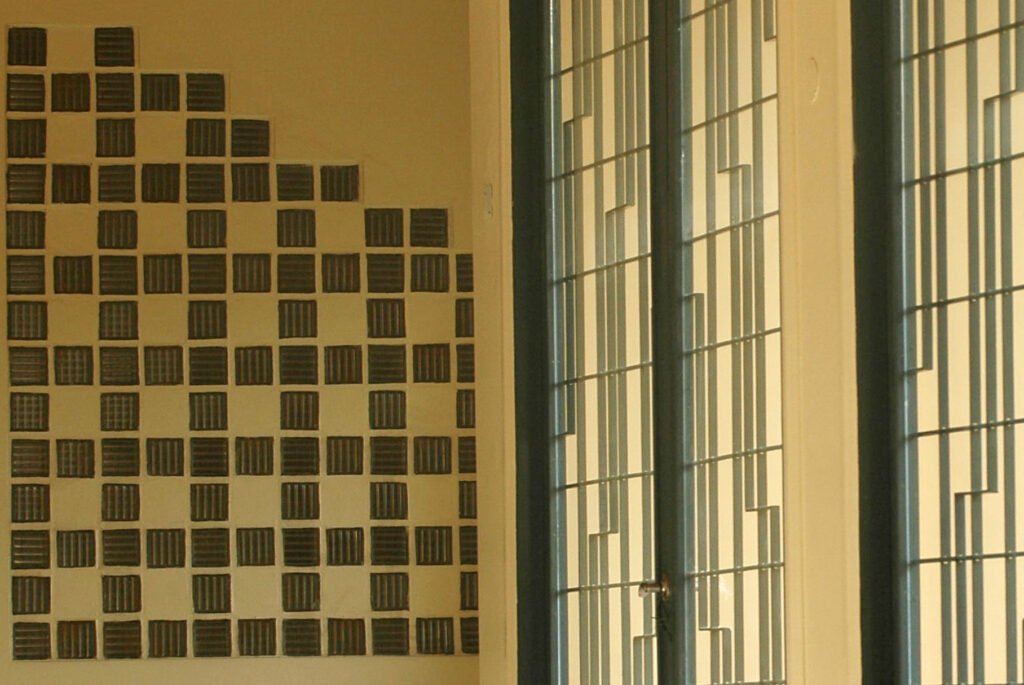
Pablo Antonio was declared a National Artist for Architecture in 1976. Part of the citation read: “Like most dedicated artists, Pablo Antonio was a zealot in defense of his artistic theories and practice. Time has proven his worth: his works shall outlast many a rhyme, durable as stone, permanent as the spirit of art itself.” While not all of Antonio’s Art Deco buildings remain with us today, the wisdom behind these structures and the artistry he has inspired in many architects, designers, and artists after him do. •
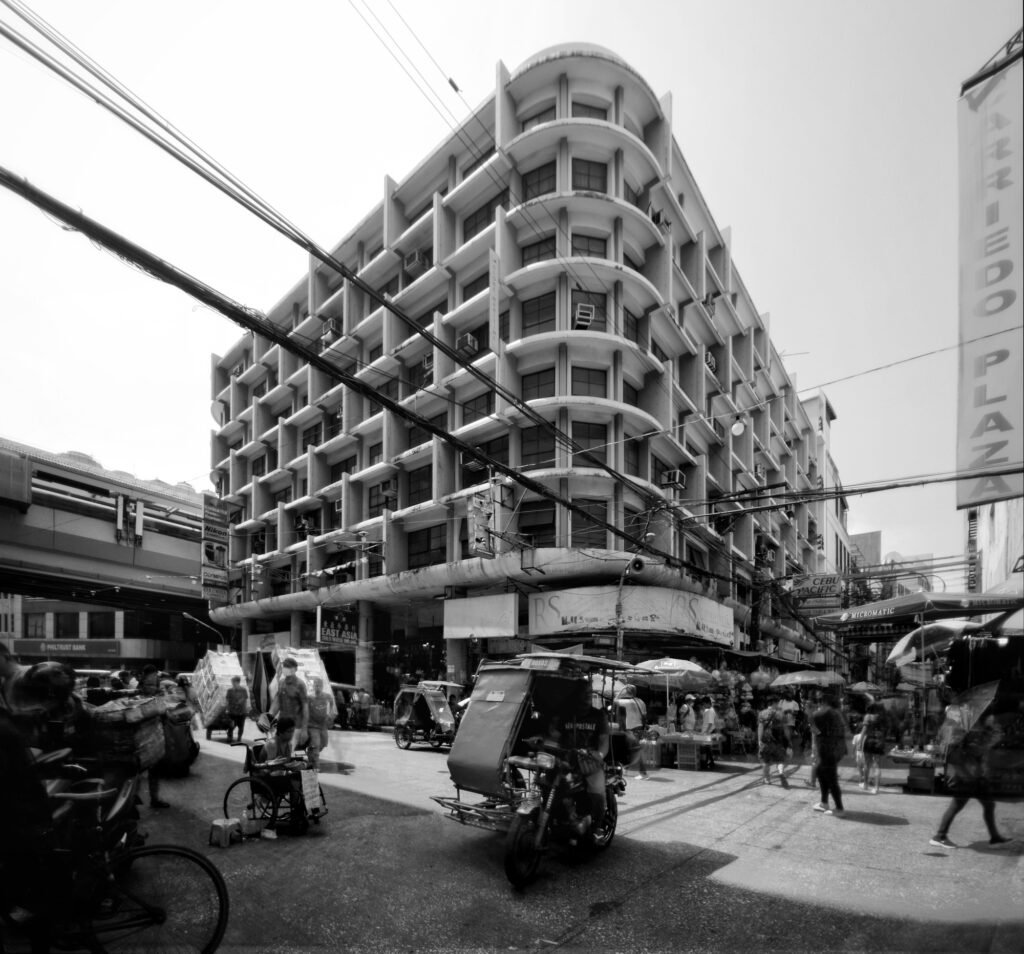

Information obtained from pablosantoniohome.com and ncca.gov.ph
